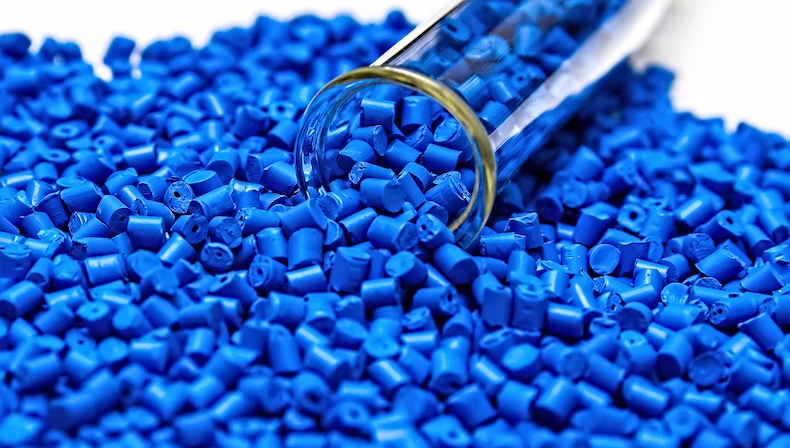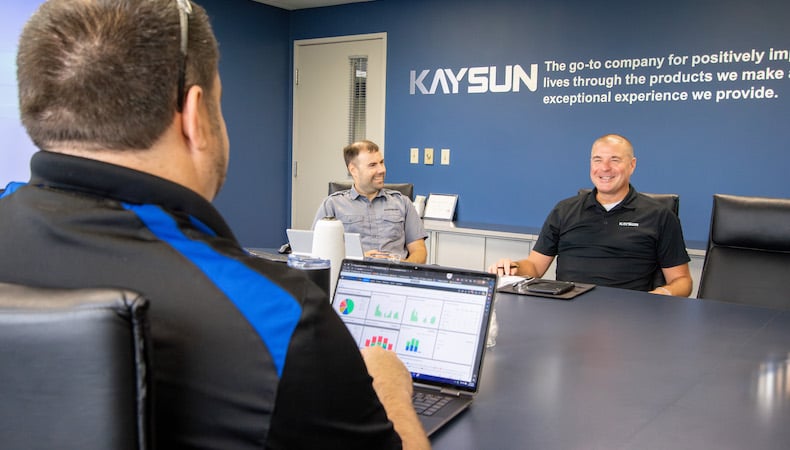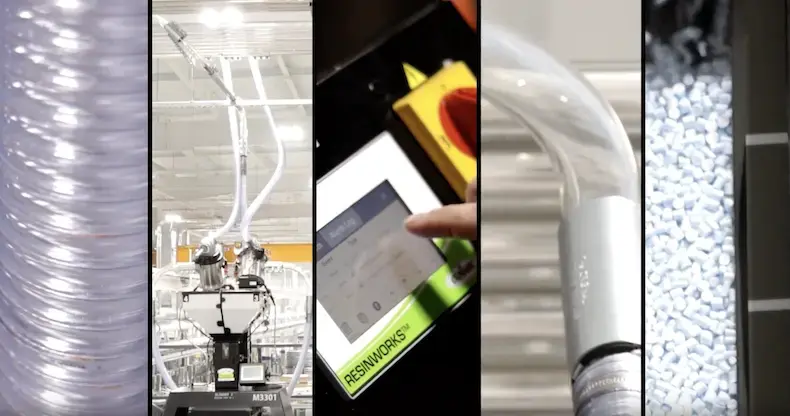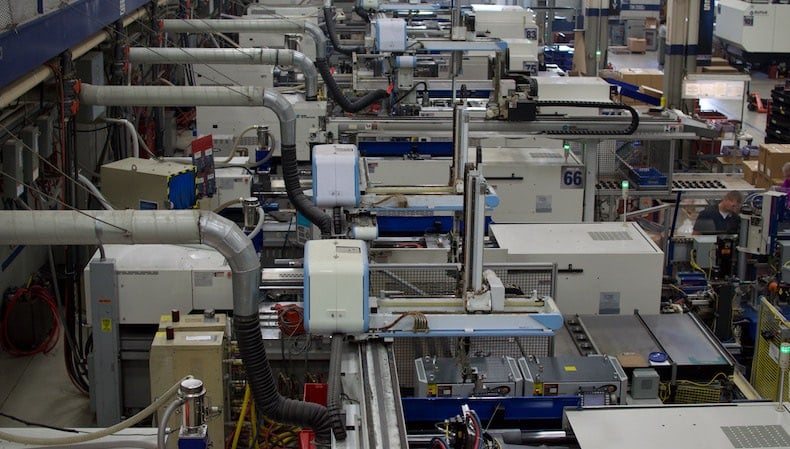Material Selection Tips for New Resin Trends & Technology - Part 1

The plastics industry has been experiencing rapid growth since 2015. In that time, there have been numerous improvements to the materials, technology, and processes used, benefiting both manufacturers and consumers alike. The development of stronger, more lightweight plastics and thermoplastics has been one of the driving forces of growth, along with the use of recycled plastics and greener processes.
To further explain the growing demand for plastics, let’s look at a few key trends and advancements with specific types of plastic materials and resins:
Thermoplastics
High-performance thermoplastics (HPTPs) and engineering-grade thermoplastics (ETPs) have seen many improvements in strength, quality, and durability over the past few years, sparking an increased demand in numerous markets as a viable replacement for more costly, higher-weight metals. Likewise, HPTPs and ETPs offer more design flexibility for OEMs, which can often help shorten development time.
From the medical industry to aerospace, automotive, and military applications, many of today’s critical-use products require high-performance materials, and heat resistant thermoplastics have proven to be an ideal choice. Polyether ether ketone (PEEK), for example, is a linear thermoplastic that’s processed at a temperature range of 350-420° C, and offers incredible chemical resistance and mechanical strength.
While properties vary from one particular resin to another, below are some common advantages and disadvantages of many thermoplastics.
Common Thermoplastic Advantages:
- Energy efficient manufacturing and processing
- High volume, low cost production
- Design precision
- Suitable lightweight replacement for metal
- Can be remelted, remolded, and recycled
- High strength and shrink-resistant
- Can provide shorter molding cycles
- Heat sealable and heat resistant
- Easily colored by dyes, leading to a variety of molding options.
Common Thermoplastic Disadvantages:
- Can melt if exposed to extremely high temperatures
- Susceptible to creeping and deformation under long-term pressure or stress
- Costly tooling
Common Applications for Thermoplastics
Thermoplastic materials are often used in injection molded plastic parts for simple and complex applications, such as:
- Commercial washers, seals, and valves
- Impact-resistant device housings and cases
- Overmolded soft-touch grips
- Food-safe applications including milk jugs, bottle caps and bottle cap closure liners, and baby bottles
- Critical-use applications including vehicle panels and components, and airplane windows
Liquid Silicone Rubber (LSR) Thermoset Resins
Not to be confused with a thermoplastic elastomer (TPE), LSR has also seen increased use across many applications and industries. Its resistance to high temperatures rivals that of thermoplastics, while offering high tear strength, chemical resistance, and biocompatibility. It’s ideal for use in medical devices and implants, as well as for consumer applications like electronics and appliances.
Common LSR Advantages:
- More resistant to high temperatures than thermoplastics
- Highly flexible design
- Thick and thin wall construction capabilities
- High tear strength and chemical resistance
- Resistant to deformation, biocompatible and superior compression set
Common LSR Disadvantages:
- Inability to be re-molded after curing
- Potential to burn if heated after curing
- Lengthy curing period
- More difficult to surface finish
- Hard to handle liquid material
- Non-recyclable, bulky or thick in appearance
Common LSR Applications:
LSR is often used in parts for:
- Circuit board and wire harness materials
- Electronic interfaces on device keyboards or touchpads
- Medical implants
- Gaskets in consumer appliances
- O-rings, coverings, stoppers, and other plastic parts exposed to harsh chemicals and high heat in vehicles and machinery
With manufacturers constantly looking for ways to lower the cost of production and reduce the weight of their final product, plastics technology will continue to advance as manufacturers incorporate new materials into more of their designs. The options are virtually limitless for OEMs today—and can provide numerous advantages to applications.
Want to learn more about the material selection trends impacting manufacturers today? Stay tuned for Part 2 next week here on the Kaysun blog.
Subscribe
TO OUR BLOG

How Do Injection Molder Partnerships Influence Project Costs?
You Might Also Like...

Top 3 Custom Injection Molding Trends to Watch in 2025
Despite being considered more energy efficient and producing less waste than other…
READ MORE

How Centralized Material Handling Streamlines Injection Molding
We consistently look for new ways to deliver timely service and top-quality parts …
READ MORE

Top 14 Benefits of Injection Molding
OEMs across many industries enjoy the benefits of injection molding. It’s ideal fo…
READ MORE
